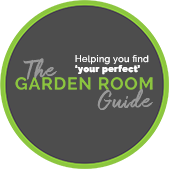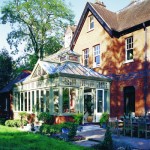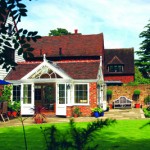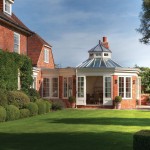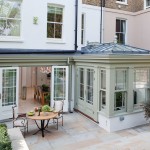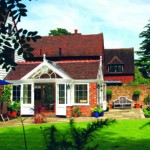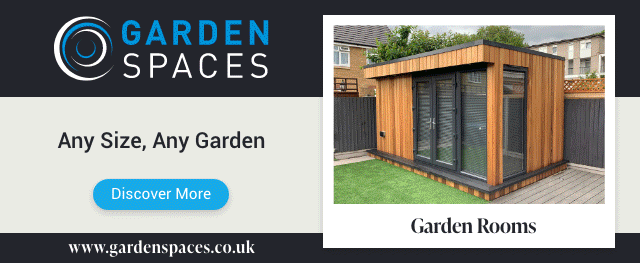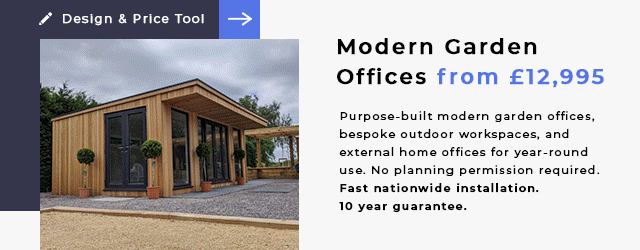[box]An interesting and informative guest post by Westbury Garden Rooms[/box]
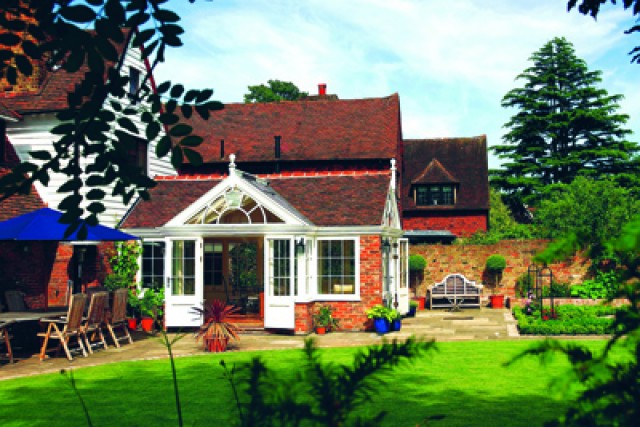
It is often more logical to extend a home rather than going to the expense and enduring the stress of moving. However, with such a range of extensions available, it can be almost impossible to know which type suits your needs the best. Here Jonathan Hey at WestburyGardenRooms outlines some of the key differences between the most popular glazed extensions; orangeries, garden rooms and conservatories.
Whilst each of the above extensions are added to a building, usually to the rear of the property and adjoining the garden, each have different architectural qualities that offer their own unique set of benefits.
Roof Design
One of the easiest ways to distinguish one type of extension from another is in the design of the roof.
A Conservatory will always have a fully glazed roof. This may feature eaves, gables, turrets and even coloured glass, but will always be entirely glazed providing the maximum amount of light and heat to the room below.
A Garden Room however will feature a tiled roof which usually matches that of the building it is adjoined to. This can create amazing vaulted ceilings and often include roof glazing and a glazed gable, again increasing the amount of natural light to the room.
For the modern interpretation of an Orangery the roof will be flat with a multi-paned glazed timber roof lantern that provides natural light to the room below. The flat roof will be finished with either lead or a modern alternative such as single ply polymeric roof membrane.
Building Frame
The building frame of a Conservatory will often be glazed with a light timber frame to provide maximum light, usually with a dwarf brickwork base.
Garden rooms also tend to have brickwork bases, but this sometimes extends up to the roof and adjoining walls of the house. The rest of the building is often glazed in a style which reflects that of the house that it is adjoined to.
Orangeries also have brick bases that extend up to the roof and adjoining walls of the house in most examples, but tend to stand quite prominently from the house, with a strong timber construction.
Uses
Garden Rooms, Orangeries and Conservatories are all multi-purpose rooms by design and the uses of glazed and semi-glazed rooms are endless including; kitchens, games rooms, sitting rooms, TV rooms, dining rooms and offices.
However, homeowners can often find that the sheer quantity of glazing can make a conservatory too warm to relax in during summer months. This however means that they are ideal for housing plants that thrive in warmer temperatures.
In contrast because both garden rooms and orangeries have less exposed glazing they are becoming an increasingly popular option for homeowners looking for a year round dining room, or additional living space.
In particular orangeries are increasingly popular for kitchen extensions as a roof lantern can become a focal point of the kitchen and also floods the room with natural light whilst maintaining the room temperature and providing adequate ventilation.
It goes without saying that the ideal extension for your home depends on a variety of factors such as space, budget and desired purpose and any reputable designer will be able to guide you through the different options to ensure you get the best extension for your needs.
